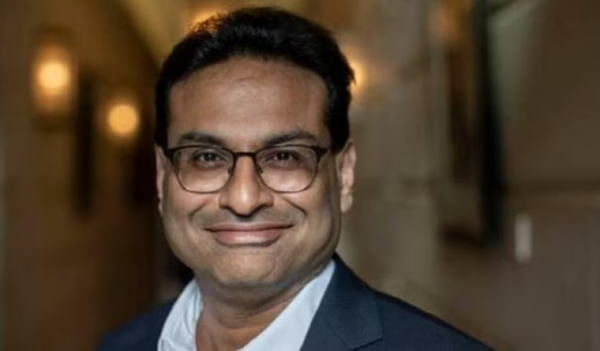This week, Laxman Narasimhan assumed the role of CEO of the coffeehouse firm Starbucks. Former CEO Howard Schultz was succeeded by Narasimhan, who has ambitious intentions for the corporation.
An exclusive interview with the Wall Street Journal shows that Narasimhan immersed himself in the daily operations of the world’s largest coffee business for months before he was assigned to the role. He stated that he had even worked as a barista at various cafés.
The former PepsiCo Inc executive’s first order of business is to concentrate on the brand’s extensive supply chain.

Narasimhan’s barista ambitions
Narasimhan stated, “I was shocked by how many cup-and-lid combinations we had at Starbucks. We have work to do in order to become more disciplined.”
The new CEO of Starbucks aims to collaborate with baristas to “understand why it’s often so difficult to serve a customer a simple cup of coffee” in response to consumer complaints that they must frequently wait in lengthy lines to buy Starbucks’ sophisticated concoctions.
He stated, “We must discover strategies to guarantee that we listen and maintain connections.”
In September of last year, after leaving his previous employer Reckitt Benckiser Group PLC, Narasimhan spent almost six months studying to become a qualified barista.
Unionization efforts at Starbucks
A union of Starbucks baristas greeted the company’s new CEO by announcing strikes at around 100 shops.
In the previous 18 months, around 3% of the chain’s 9,300 locations in the United States have voted to unionize.
Recognizing their freedom to unionize, Narasimhan stated that he will “maintain Starbucks’ strategy of requesting that employees express their complaints directly to the firm.”
The objective of Narasimhan is to continue working as a barista.
In an interview with CNN, Narasimhan stated, “To keep us close to our culture and consumers, as well as our difficulties and prospects, I plan to continue working in shops every month for a full day.”
Starbucks has secured $1 billion in investments as the firm seeks to modernize training, improve equipment, and increase worker compensation.

